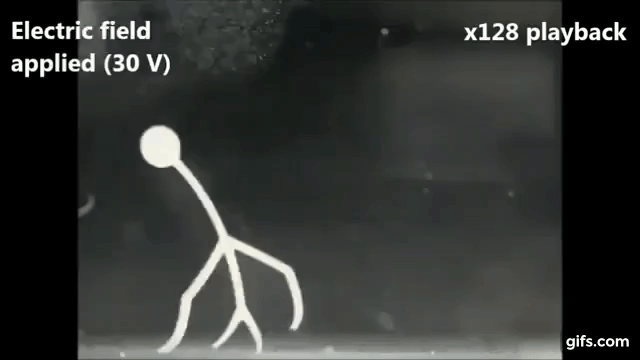From the video showing a new 3D printable material, you would be forgiven for thinking that Rutgers University–New Brunswick researchers have created life.
Grabbing, dropping, brushing and walking across the frame, this 3D printed gel demonstrates the lifelike possibilities of soft robotics, and speaks volumes about the future of medtech.

Living like the octopus
Rutgers’ 3D printed smart gel is a material development in the field of soft robotics that promises to change how things are manufactured, especially on the micro-scale.
Soft robotic objects are made to perform tasks in a way that much more closely represents nature. In place of mechanical pistons, a soft robot object may instead be activated by an electrical impulse. As the name suggests, soft robots are also made from more pliable materials, similar to biological tissues.
“Our 3D printed smart gel has great potential in biomedical engineering because it resembles tissues in the human body that also contain lots of water and are very soft,” explains assistant professor Howon Lee, senior author of the study.
“It can be used for many different types of underwater devices that mimic aquatic life like the octopus.”
Bending, shaping…
At Rutgers the 3D printed material, a hydrogel composed of 70% water, was made into four different test mechanisms via exposure to UV light.
In one example, the researchers show how electric fields can control a cured hydrogel gripper to pick up and then drop a red bead – returning to its original form.
In another, a channel with brushes either-side, not unlike the cilium, is used to guide a small orange disc.
And, in the final example, a 3D stick person walks along the frame.
Biomedical potential
Considering the challenges posed by pharmaceutical treatments, it is easy to see how objects like these samples could be used to deliver drugs to target parts of the body, reducing the risk of damage to a patient.
As suggested in the study’s conclusion, this material may also lead to the applications for “artificial muscles, and tissue engineering.”
“Soft Robotic Manipulation and Locomotion with a 3D Printed Electroactive Hydrogel” is published online in ACS Applied Materials Interfaces. It is co-authored by Daehoon Han, Cindy Farino, Chen Yang, Tracy Scott, Daniel Browe, Wonjoon Choi, Joseph W. Freeman, and Howon Lee.
At Rutgers, Lee has also led a study developing a growing and shrinking SLA 3D printed material.
Featured image shows the Rutgers 3D printed stick person walking underwater. Photo by Daehoon Han/Rutgers University-New Brunswick



